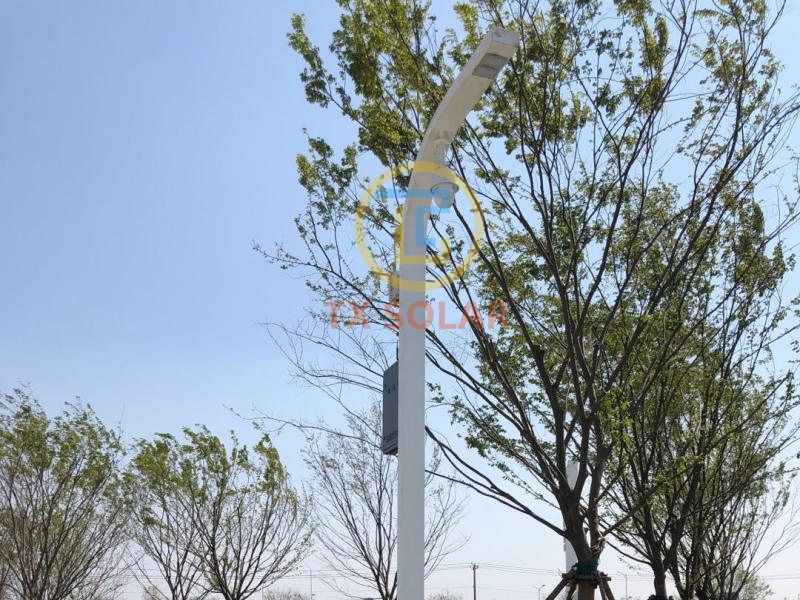IoT smart street lights cannot do without the support of networking technology. There are currently many ways to connect to the Internet on the market, such as WIFI, LoRa, NB-IoT, 4G/5G, etc. These networking methods have their own advantages and are suitable for different usage scenarios. Next, smart street light manufacturer TIANXIANG will explore in depth the similarities and differences between NB-IoT and 4G/5G, two IoT communication technologies, in a public network environment.
Characteristics and applications of NB-IoT
NB-IoT, or narrowband Internet of Things, is a communication technology designed specifically for the Internet of Things. It is particularly suitable for connecting a large number of low-power devices, such as sensors, smart water meters, and smart electricity meters. These devices usually operate in low-power mode with a battery life of up to several years. In addition, NB-IoT also has the characteristics of wide coverage and low connection cost, which makes it unique in the field of the Internet of Things.
As a common communication technology in our daily lives, 4G/5G cellular networks are characterized by high speed and large data volume transmission. However, in IoT smart street lights, the technical characteristics of 4G/5G are not always necessary. For IoT smart street lights, low power consumption and low cost are more critical factors. Therefore, when choosing IoT communication technology, it is necessary to make the most appropriate choice based on specific application scenarios and needs.
NB-IoT vs. 4G/5G Comparison
Device compatibility and data rate
4G cellular networks excel in device compatibility, and high-speed data transmission devices such as smartphones and tablets can be perfectly adapted. However, it is worth noting that 4G devices usually require higher power consumption during operation to maintain their fast data transmission speeds.
In terms of data rate and coverage, NB-IoT is known for its lower data transmission rate, which is usually in the range of hundreds of bps to hundreds of kbps. Such a rate is sufficient for many IoT smart street lights, especially for devices that require periodic transmission or small amounts of data transmission.
4G cellular networks are known for their high-speed data transmission capabilities, with rates of up to several megabits per second (Mbps), which is very suitable for real-time video transmission, high-definition audio playback, and massive data transmission needs.
Coverage and cost
NB-IoT excels in coverage. Thanks to the application of low-power wide area network (LPWAN) technology, NB-IoT can not only provide wide coverage indoors and outdoors, but also easily penetrate buildings and other obstacles to ensure stable signal transmission.
4G cellular networks also have wide coverage, but their performance may not be as good as low-power wide area network (LPWAN) technologies such as NB-IoT when facing signal coverage issues in some remote areas or remote areas.
NB-IoT devices are usually relatively affordable because they focus on providing low-cost and low-power solutions. This feature gives NB-IoT a significant advantage in the large-scale deployment of IoT smart street lights.
Smart street light manufacturer TIANXIANG believes that NB-IoT and 4G cellular networks have their own advantages and can be selected on demand. As a smart street light manufacturer deeply engaged in the field of IoT, we have always been driven by technological innovation and are committed to injecting core kinetic energy into the intelligent upgrade of cities. If you have any needs, please feel free to contact us for a quote!
Post time: May-08-2025

